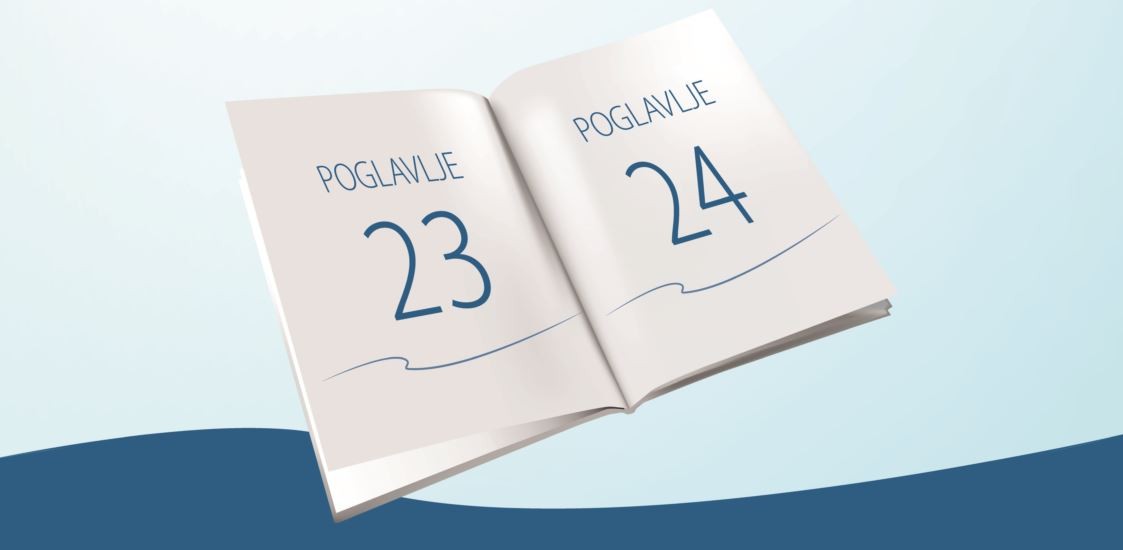This article is an integral part of the Coalition prEUgovor report on progress of Serbia in Chapters 23 and 24 for the period from May 2015 to October 2015.
Even though certain efforts were made, there is still no essential progress in the field of migrations and asylum. Serbia is still in the early phase of implementation of asylum policy and lacks an all-inclusive strategic set of measures to connect activities in the field of asylum system construction with the wider field of Serbian migration policy (primarily, there is no systematic approach to solving the problem of irregular migration and implementation of readmission agreements with neighbouring countries is inefficient, i.e. the readmission agreement is not applied to a large number of irregular migrants, who were punished by Magistrates Courts in the Republic of Serbia.) Additionally, the current national strategic documents in the field of migrations have recently expired (Strategy to Combat Irregular Migration) or they are due to expire soon (Strategy of Migration Management), so Serbia is looking at a comprehensive and inclusive revision of migration policies and strategies.
Appraisals mention the number of irregular migrants in 2013 as twice as higher than the number of persons who expressed intention to seek asylum (5 056). The growing trend of increase in the number of persons continues, and by the end of May, asylum was sought by 3476 people, so there is ground to assume that by the end of the year the number of persons seeking asylum in RS will be twice as higher than in 2013.
In the field of asylum, the most evident issues are those in the field of providing adequate accommodation, so there were periods of several months when a large number of asylum seekers resided outside the centres, and without institutional support. It is positive that the situation has improved considerably since December last year and in Serbia today there are five centres that can put up over six hundred asylum seekers. Accommodation capacities have been expanded and improved, but almost all centres still have the status of temporary centres, so the system of accommodation for asylum seekers is still not rounded and stable. Accommodation for asylum seekers is not an aim per se, and institutions in charge of asylum process still are not strong enough to provide sufficiently efficient and just procedure. Asylum requests are still processed by the Asylum Department of the Border Police Directorate of the MUP RS, given that the Asylum Office, which was supposed to be the relevant first instance authority, has still not been formally formed. [1] There is an obvious lack of knowledge on implementation of international standards on processing of asylum requests. Even though a considerable number of asylum seekers leave the asylum procedure of their own accord, before final decision is made, there is considerable deficiency with regard to quality and efficiency of the implementation of asylum procedure. In practice, up to 6 months can pass between coming to an asylum centre and submitting the request,[2] which contributes to the long duration of the procedure and can be a motivating factor for further irregular migration of persons. In 2013, out of a total of 5 056 persons who expressed their intention, 742 persons were registered, 153 asylum requests were made, 19 persons had a hearing, and 193 decisions were made (4 requests granted, 5 requests declined, 8 set aside and 176 procedures suspended). Apart from institutional and infrastructural deficiencies, the analysis of existing practice in asylum procedure,[3] shows there is need to amend the current Asylum Act, which is also a conclusion of the Screening report for Chapter 24.[4] The criteria to assess the security in the country of origin and the list of secure third countries are still not harmonised with European Union’s legal traditions. Procedural guarantees are not harmonised either, neither are access to procedure, conditions of entrance, guaranteed rights for asylum seekers, nor rights available to persons who were given some form of international protection.
Recommendations:
- It is necessary to start revising the Asylum Act, accompanying regulations and relevant strategies in the field of migrations in the shortest possible term, in such manner that the process of their creation and adopting is completely transparent and that it includes extra-institutional actors taking part in the asylum process, i.e. in the protection of other migrants’ rights.
- It is imperative that the change of policies and regulations be followed by the securing of the necessary financial means, and infrastructural, material-technical and personnel conditions for their unencumbered implementation.
[1] Screening-report-chapter-24-Serbia, III B. Asylum, p. 18
[2] Right to Asylum in the Republic of Serbia 2013, Belgrade Centre for Human Rights, Belgrade, 2014., p.17
[3] Izazovi prisilnih migracija u Srbiji:drugi pogled na pitanja azila i migracija, Grupa 484, Beograd, 2013. (Challenges of Forced Migrations in Serbia: a different view of issues of asylum and migrations, Group 484, Belgrade, 2013.)
[4]Screening-report-chapter-24-Serbia, III B. Asylum, p. 20

